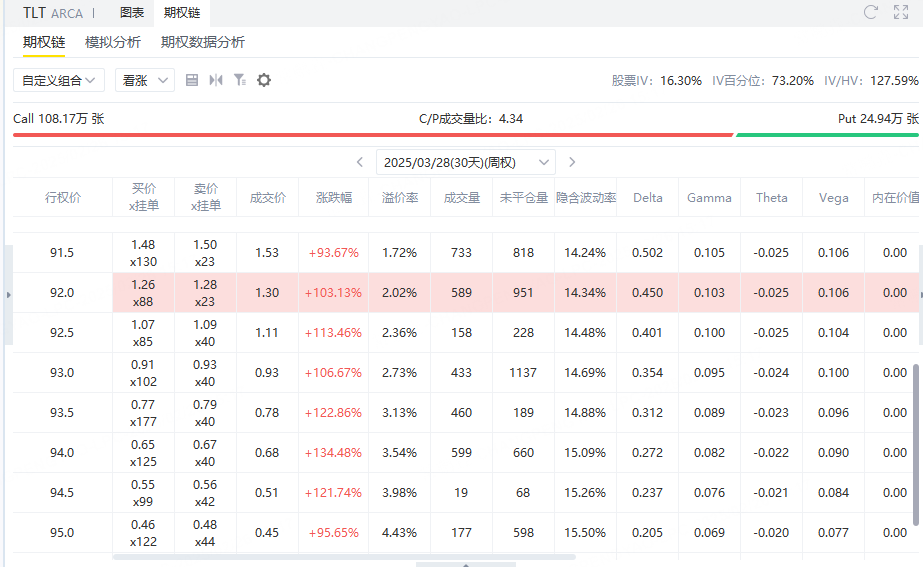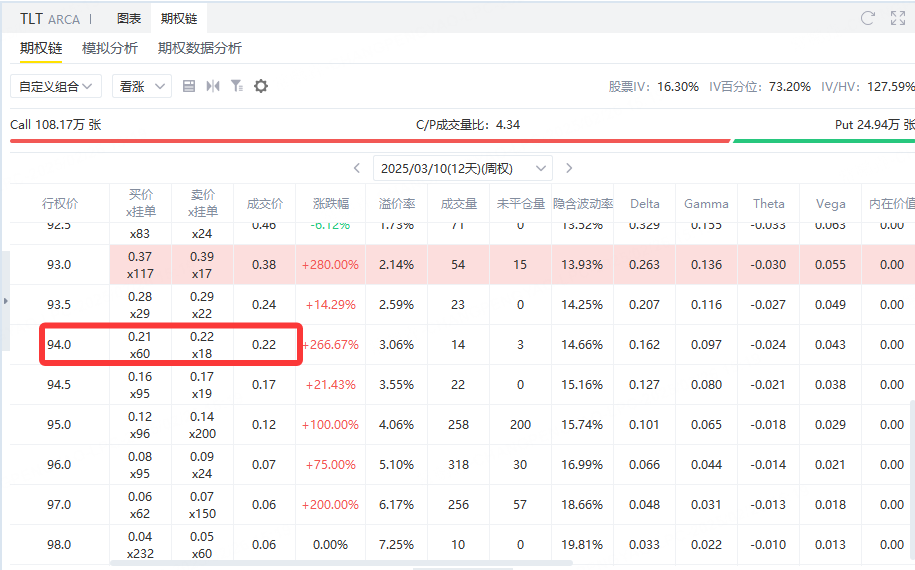Behind the sharp drop in U.S. bond yields overnight, on the one hand, the market's panic about "recession-style interest rate cuts" is spreading, and on the other handIt is also a "understanding" of the new US Treasury Secretary's tough stance.
On Tuesday, the day after Trump confirmed that tariffs on Canada and Mexico will take effect next week, U.S. Treasury Secretary Bescent said that with the implementation of Trump's policies,10-year U.S. Treasury yields'should naturally decline '。 He also said earlier: "President Trump and I are both focused on 10-year U.S. bonds."
This remark completely ignited investors' bullish sentiment towards U.S. debt. On Tuesday, the 10-year U.S. Treasury yield plummeted 10 basis points to just below 4.29%, significantly lower than 4.57% a week ago and the lowest level this year. As of press time, U.S. bond yields for this term are still maintaining a downward trend.
The continued weakness of economic data superimposed on the gradual clarity of Trump's tariff policy, and the market's worries about the economic outlook of the United States are increasingly heating up. Ian Lyngen, head of US interest rate strategy at BMO Capital Markets, pointed out that the impact of Trump's policy agenda on global economic performance is triggering risk aversion.
This "risk-off model" directly promoted the rise in demand for U.S. bonds, resulting in a sharp decline in yields. According to the latest Bloomberg data,On Tuesday alone, about $60 million was betting that the 10-year yield would fall below 4.15%, and if the yield fell further to 4%, this position would make a profit of about $40 million.
Despite Bescent's claim that Trump did not pressure the Fed, derivatives traders are still betting that the Fed may cut interest rates early. Over the past week, open interest in federal funds futures has increased by more than 50%, and the market's expected probability of the Federal Reserve cutting interest rates at its May 7 policy meeting has risen sharply to 32% from 8% a week ago.
Cash markets are also showing bullish sentiment towards U.S. bonds. The latest survey from JPMorgan Chase showed that the net long position of its U.S. Treasury clients rose to the highest level since January 27 in the week ended February 24.
At the same time, hedging premiums in the options market have also risen significantly, with call demand for long-term U.S. bond futures reaching its highest point since August last year. By buying 10-year U.S. Treasury options, traders are betting that the yield will fall to around 4.2% by March 7.
As U.S. bonds continue to rise, a large amount of short positions are covered.
According to data from the U.S. Commodity Futures Trading Commission (CFTC), hedge funds significantly covered short positions in 10-year U.S. Treasury futures in the week ending February 18. This is the largest short covering since November. Asset managers have reduced their long positions in long-term U.S. bonds, especially in 5-year U.S. bond futures.
What is a diagonal spread?
diagonal spread refers to the spread established using options with different strike prices and different expiration dates. Generally, the duration of the long leg in the spread is longer than that of the short leg. Diagonal spreads include diagonal bull spreads versus diagonal bear spreads.
The diagonal bull spread is basically similar to the bull subscription spread strategy, except that it has been upgraded and improved again.The difference is that the two options for the diagonal spread have different expirations, the trader buys a longer-term call option with a lower strike price and sells a shorter-term call option with a higher strike price. The number of call options bought and sold is still the same.
TLT Diagonal Spread Case
Assuming investors are bullish for the next year$20 + + Years US Treasury Bond ETF-iShares (TLT) $, you can directly buy the call option with an exercise price of 92 and an expiration date of March 28, 2025. This option becomes our long leg, which costs $130 at the latest transaction price.
After the long leg is established, we can establish the short leg according to a shorter cycle than the long leg. Here, we can choose to establish it on a weekly basis. Choose to sell a call option with a strike price of $94 and an expiration date of March 10 and get a premium of $22.
Here, if the call option sold is not exercised, it will generate a profit of $22, which is about 16.9% relative to the cost of $130 on the long side. However, the short leg can be executed once a week. When the remaining date of the long leg is 30 days, investors can sell call options two or three times. If these sold call options can successfully obtain premium, it will greatly reduce the cost of buying call options themselves, and even get call options for free.
Compared with buying bulls alone, the diagonal spread obtains an additional premium income, which reduces the overall net premium expenditure of the strategy, and the break-even point of the strategy is also shifted to the left, and the winning rate is also increased accordingly. AdditionallyThe selling point of the diagonal spread can be controlled by investors themselves, so different short-selling efforts can be selected in different cycles to facilitate investors to control risks. Diagonal spreadEssentially, it is a low-cost call option strategy that is worth investors studying.


Comments